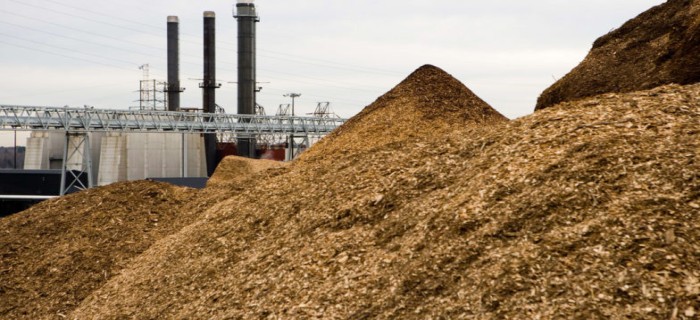
India’s biomass power sector meets target but stares at a stagnant future
Whether India will achieve its solar and wind energy targets – an installed capacity of 100 gigawatts (GW) of solar power and 60 GW of wind power by 2022 – is yet to be seen. But there is one component of its target of an installed capacity of 175 GW of renewable power that has been achieved – biomass power and cogeneration. In 2015, just before the Paris Climate Summit, India had announced its climate goals, which included a target of 175 GW of renewable energy by 2022 and of that, 15 GW was supposed to come from biomass power, small hydropower and waste-to-energy plants. Six years later, in 2021, the country has already achieved the 10 GW target of biomass power with the present installed capacity of biomass power at 10.17 GW compared to 4.4 GW in 2015. According to the union ministry of new and renewable energy (MNRE), biomass has always been an important energy source for the country as it is “renewable, widely available, carbon-neutral and has the potential to provide significant employment in the rural areas.” More than 70 percent of the country’s population depends on it for its energy needs, according to MNRE. To ensure its cleaner and efficient use, the Indian government had started bagasse-based cogeneration in sugar mills and biomass power generation for grid power generation.The biomass materials used for power generation include bagasse, rice husk, straw, cotton stalk, coconut shells, soya husk, de-oiled cakes, coffee waste, jute wastes, groundnut shells, sawdust, etc. Vivek P. Adhia, India country director of the Institute for Sustainable Communities, said, “Biomass-based power generation has been a silent hero, a solid anchor, as India shines on global energy transition pathways crossing 100 GW installed capacity and nearly meeting its NDC Goals of 40 percent non-fossil installed capacity.”

.gif)
.jpeg)
leave your comment